Wabi-Sabi: A Design Aesthetic That Honors the Imperfections of Age
Often called "Japanese rustic," it sees beauty in the nuances of change
1 of 14
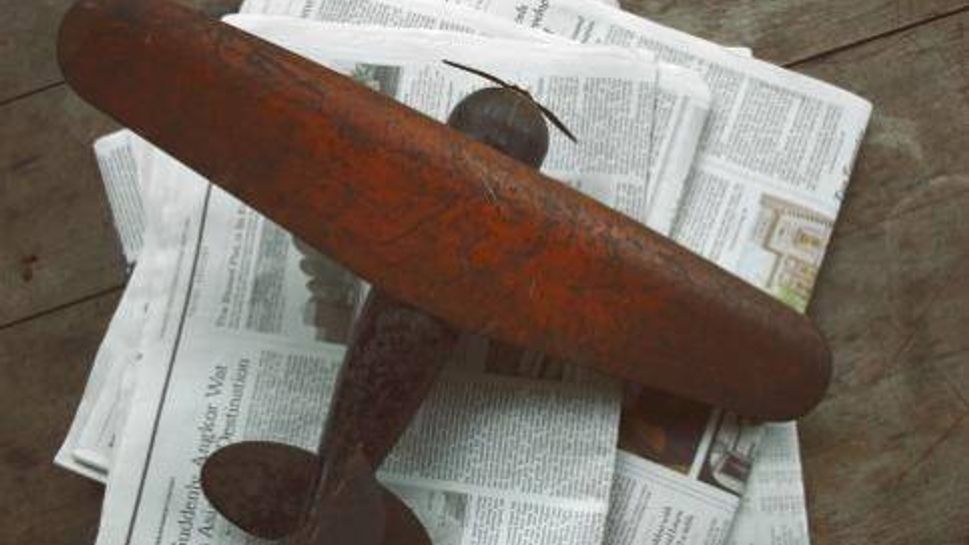
The wabi-sabi aesthetic is often referred to as Japanese rustic because it embraces corrosion. This metal child's airplane was found on the floor of a damp basement in Boston. Because of the plane's condition, you won't see it in an antique store or on e-bay. Wabi-sabi isn't about trendy.
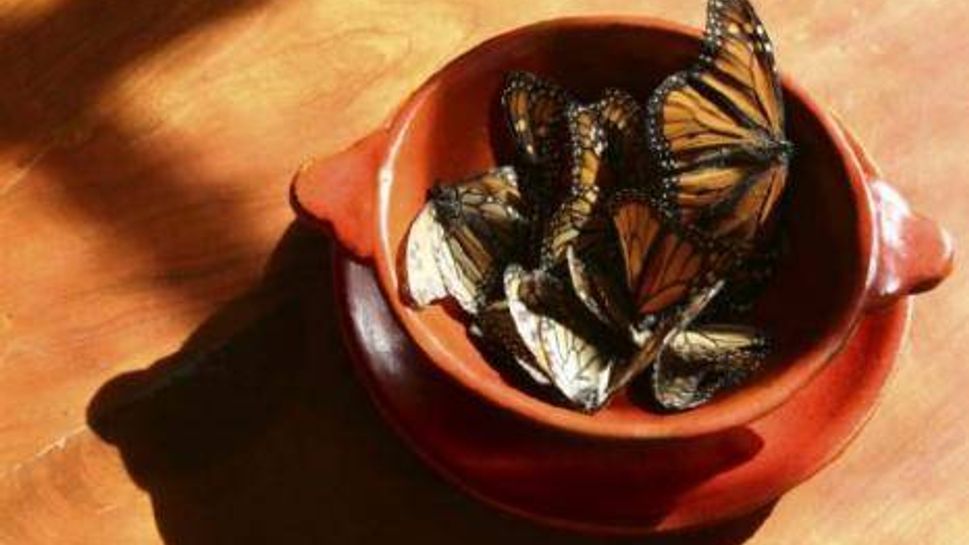
Wabi-sabi looks to nature for its forms and metaphors. What insect better represents this aesthetic than a butterfly with its phantasmagorical capacity to change? These monarchs fell from the sky during a sudden cold front over Long Island. They were gathered, and placed in an earthy, ceramic bowl.
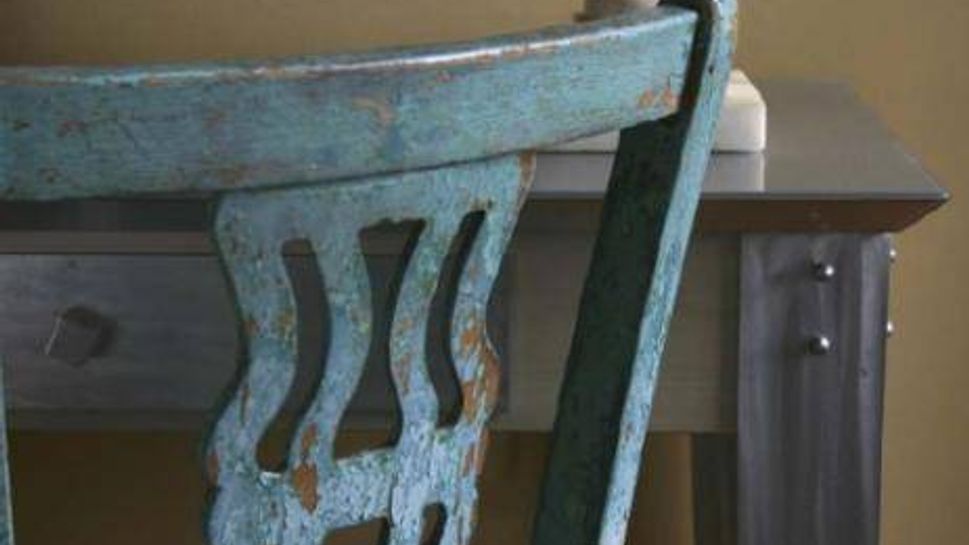
Wabi-sabi and contemporary styles go well together, such as this weathered farm chair and shiny modern desk. If your entire house were nothing but imperfect-looking wabi-sabi objects, you wouldn't see them. You need contrast to set them off.
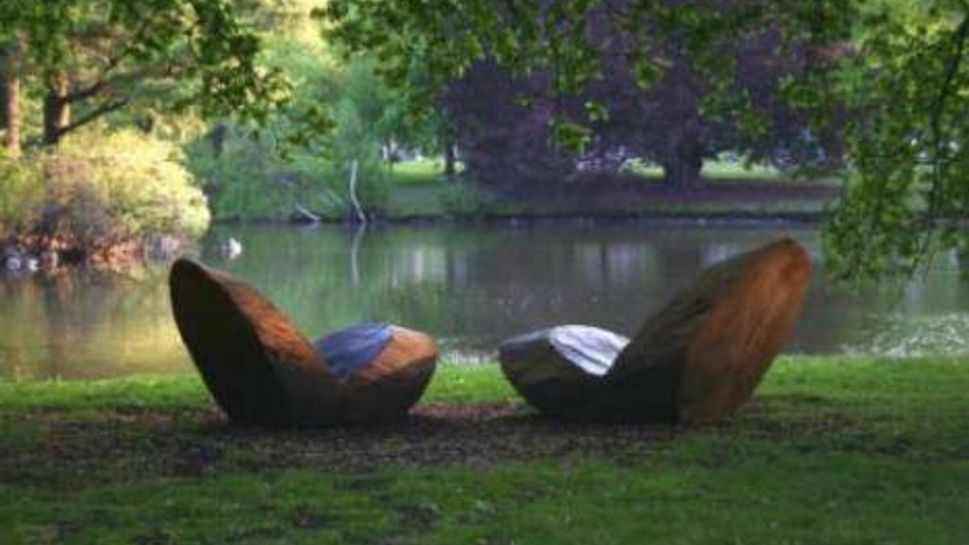
The Forest Hills Cemetery in Boston tries to provide new life for downed trees. Artful, utilitarian and transformative, these outdoor chairs were carved from the trunks of old beech trees. Poems of e.e. cummings, who's buried in the cemetery, are etched into the bronze-plated seats.

The many hands that have used this old door knocker have left its metal surface worn and its painted coat chipped. The wabi-sabi aesthetic makes no attempt at touch-up or repair. To do so, is to negate the object's history.

The many cracks in this ceramic vase speak to the aesthetic pleasure that lie beyond our conventional ideas of beauty and perfection. By seeing the vase's damages, we admire its strengths, which are to be cherished. We also see and accept its eventual finality.
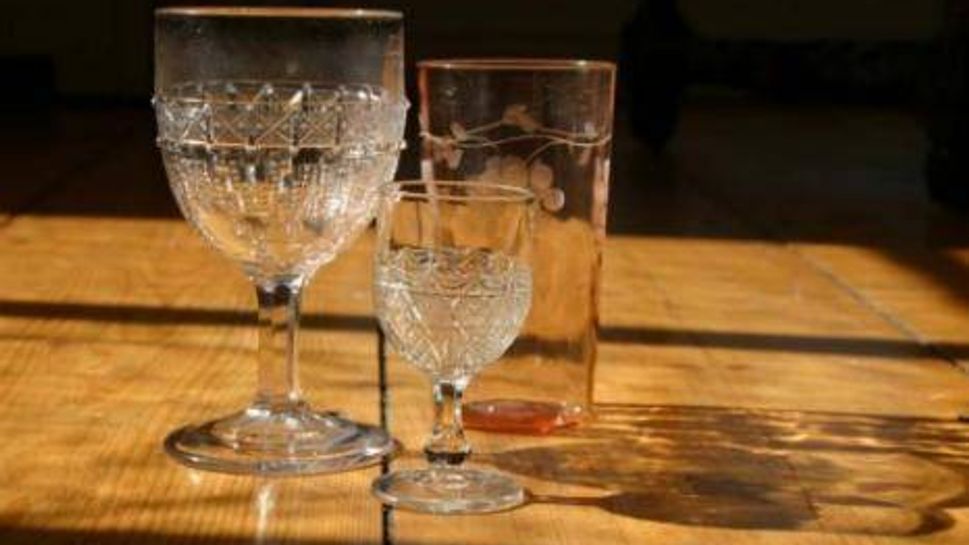
The wabi-sabi aesthetic is not about regular or uniform shapes. It's about design elements that are balanced in a way that look completely natural and unforced. Each of these mismatched vintage glasses speaks to wabi-sabi's appreciation of asymmetry and irregularity.
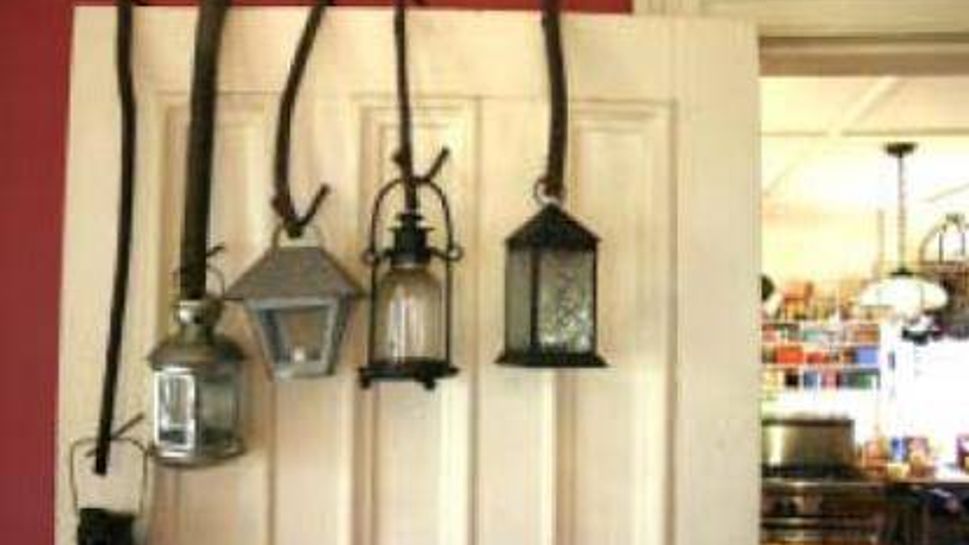
The wabi-sabi eye looks for individuality and uniqueness in objects. These vintage, mismatched lanterns have been hung from tree branches over a door.
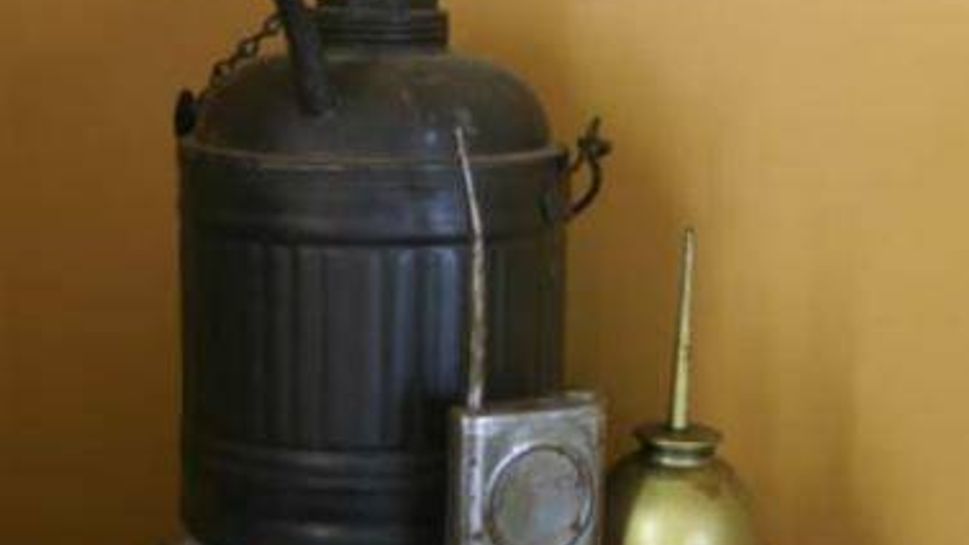
Wabi-sabi's disregard for conventional beauty can be found in these crude oil cans. The large one was found along a railroad track in upstate New York. The other two belonged to their owner's late father. Wabi-sabi objects bring their history with them, which can be personal and emotional.
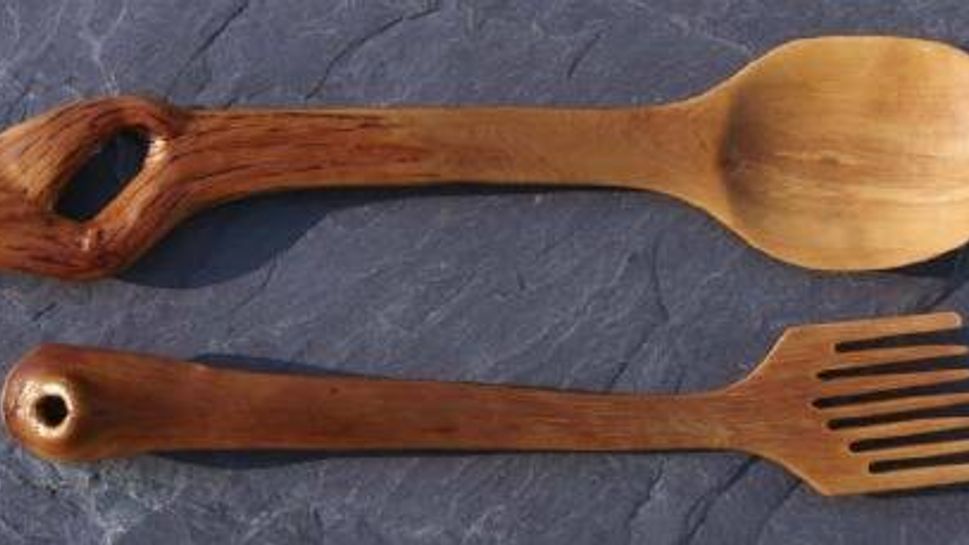
Wabi-sabi objects are not arty, though they are often artisan. In these hand-carved, wooden salad utensils, function follows form. The pieces appear to have evolved in an unforced, natural way. Wabi-sabi favors earth tones and muted colors.
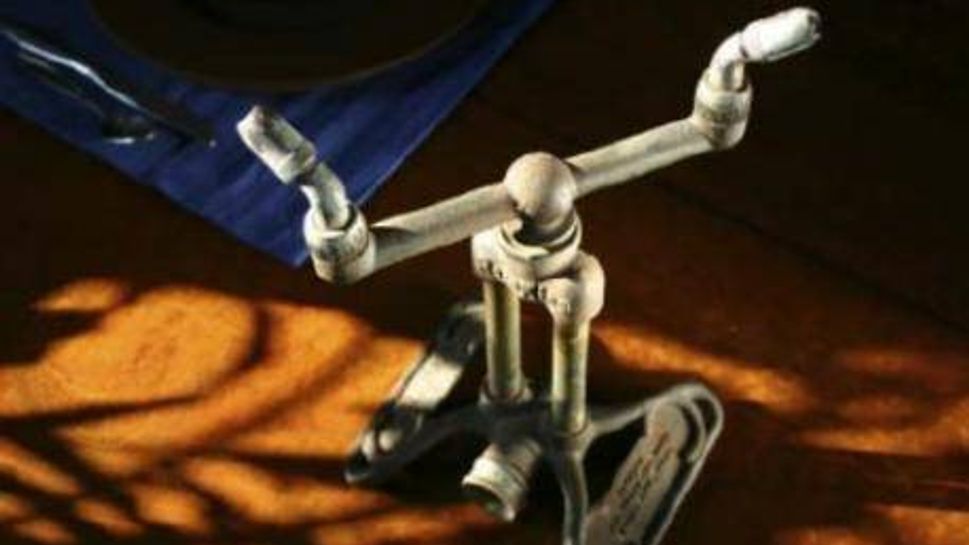
This lawn sprinkler's design has been kept to a functional minimum, which is in line with the wabi-sabi aesthetic. Here it's used as a centerpiece on a dining room table. With wabi-sabi, there are no prescribed formulas. When decorating, think beyond predictability.
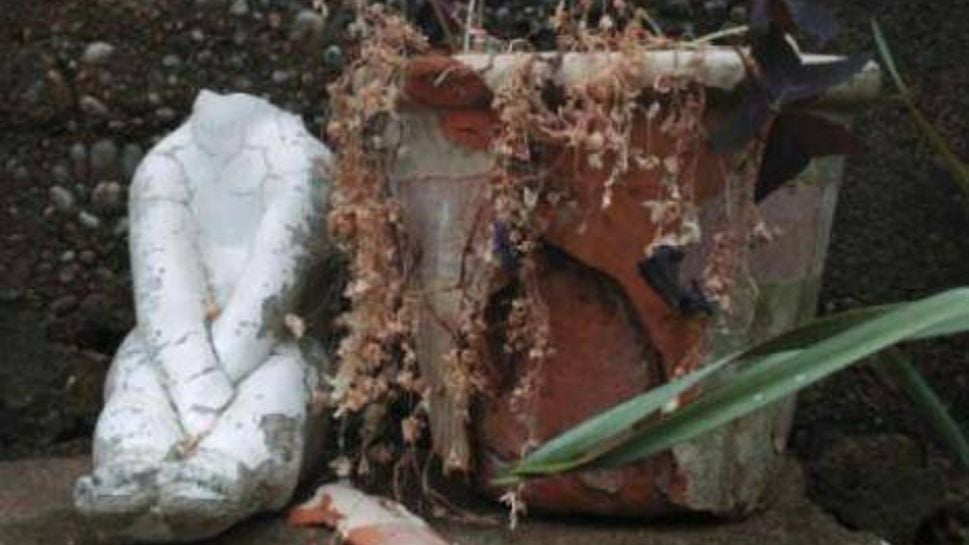
Wabi-sabi embraces rough, earthy textures, as found in this small, outdoor figure and broken flower pot. They've been left outside to further decay. Placed together, they appear to be supporting one another in their wabi-sabi journey.
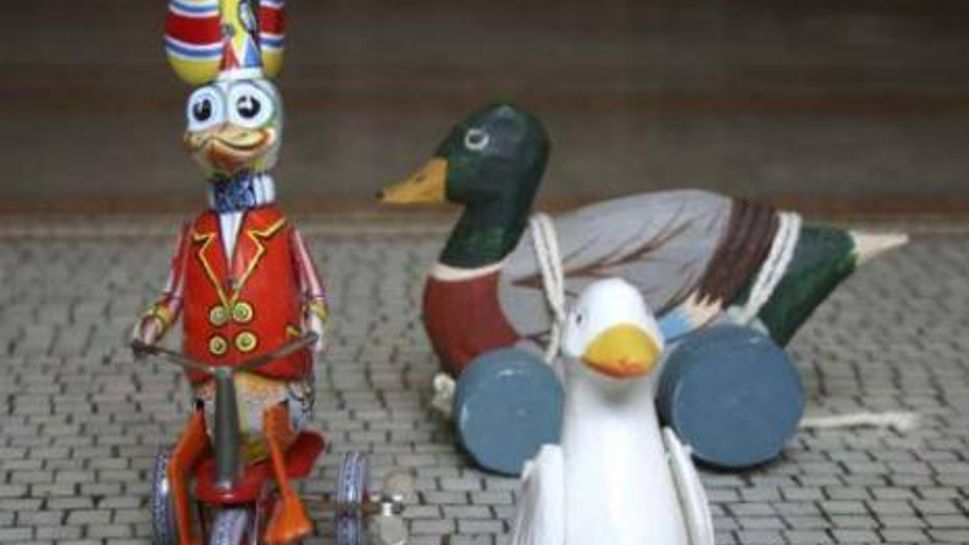
Even children's toys can be wabi-sabi. Here, time has subdued the shiny colors and smooth materials of these vintage ducks. Devolution has given them an emotional depth that addresses our own feelings of passing time and innocence lost.
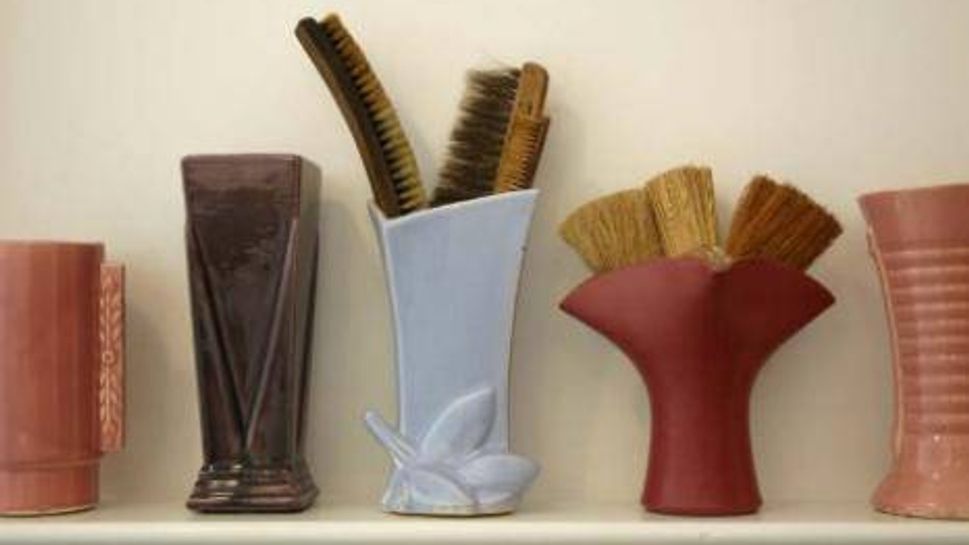
After World War II, these mundane, American-made Arts & Crafts vases were relegated to attics and trash bins. The passage of time has muted their colors, putting a wabi-sabi glaze on them. This eclectic assortment of vases holds a collection of vintage hair and shaving brushes on a bathroom shelf.

